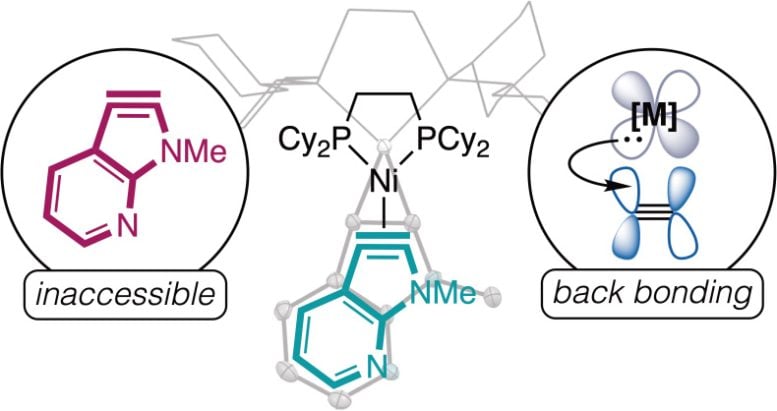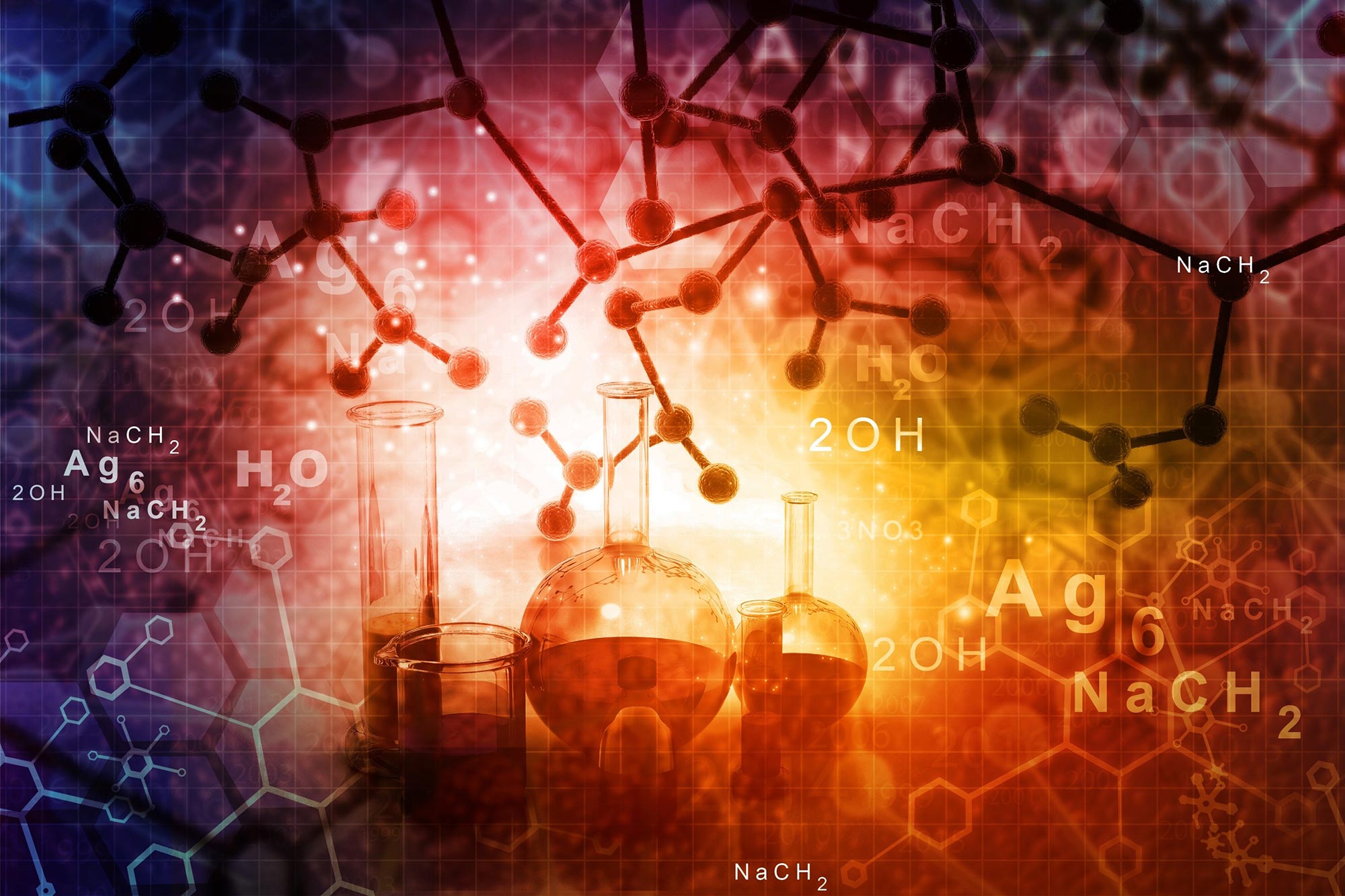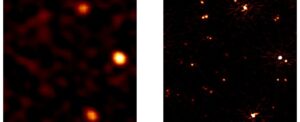Chemists at the University of Minnesota have synthesized a complex chemical compound that could revolutionize medicine, agriculture and electronics, overcoming a challenge that has persisted for more than a century.
The use of these molecules could significantly impact agriculture, pharmaceuticals and electronics.
Chemists at the University of Minnesota’s Twin Cities College of Science and Engineering have successfully synthesized a highly reactive chemical compound that had eluded scientists for more than 120 years. This breakthrough could pave the way for the development of innovative drug treatments, safer agricultural products and improved electronics.
For decades, researchers have studied molecules called N-heteroarenes, which are ring-shaped chemical compounds that contain one or more nitrogen atoms. Bioactive molecules with an N-heteroarene core are widely used for numerous medical applications, life-saving pharmaceuticals, pesticides and herbicides, and even electronics.
“While the average person doesn’t think about heterocycles on a daily basis, these unique nitrogen-containing molecules have broad applications in all aspects of human life,” said Courtney Roberts, senior author of the study and a University of Minnesota Department of Chemistry assistant professor who holds the 3M Alumni Professorship.
Challenges in Chemical Synthesis
These molecules are in high demand by many industries, but extremely challenging for chemists to make. Previous strategies have been able to target these specific molecules, but scientists have not been able to create a series of these molecules. One reason for this is that these molecules are extremely reactive. They are so active that chemists have used computational modeling to predict that they are impossible to make. This created challenges for more than a century and hindered the decision to create this chemical.
“What we were able to do was conduct these chemical reactions with specialized equipment while getting rid of elements that are normally found in our atmosphere,” said Jenna Humke, a graduate student in chemistry at the University of Minnesota and lead author of the paper. . “Fortunately, we have the tools to do this at the University of Minnesota. We conducted experiments under nitrogen in a closed-chamber glove box, which creates a chemically inactive environment for testing and moving samples.

This graph depicts the chemical compound that the team of chemists was able to detect. Credit: The Roberts Group/University of Minnesota
These experiments were carried out using organometallic catalysis – the interaction between metals and organic molecules. The research required collaboration between organic and inorganic chemists. This is something that is common at the University of Minnesota.
“We were able to solve this long-standing challenge because the University of Minnesota Department of Chemistry is unique in that we have no formal divisions,” added Roberts. “This allowed us to assemble a team of experts in all areas of chemistry, which was a vital component in the completion of this project”
After presenting the chemical compound in this paper, the next steps will be to make it widely available to chemists in multiple fields to streamline the creation process. This can help solve important problems such as preventing food shortages and treating diseases to save lives.
Reference: “Nickel Binding Enables Isolation and Reactivity of Previously Inaccessible 7-aza-2,3-indolines” by Jenna N. Humke, Roman G. Belli, Erin E. Plasek, Salu S. Kargbo, Annabelle K. Ansel, and Courtney C. Roberts April 25, 2024 Science.
DOI: 10.1126/science.adi1606
Along with Roberts and Humke, the University of Minnesota research team included postdoctoral fellow Roman Belli, graduate students Erin Plasek, Salu S. Kargbo, and former postdoctoral fellow Annabelle Ansel.
This work was primarily funded by National Institutes of Health and the National Science Foundation. Funding was also provided by four University of Minnesota-sponsored research grants and start-up funding provided by the Department of Chemistry.



